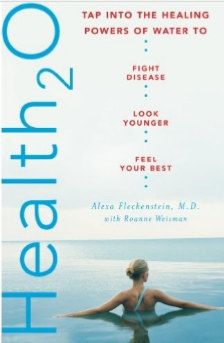The good news about advances in the treatment of chronic illness and pain is that many of us are now living—and working— well into midlife and beyond. But this good news may be tempered with new challenges. For some, the body’s responses to long-term wear and tear might create obstacles to going to work every day. Such obstacles might include problems with mobility or discomfort with sitting at a computer for long periods. It may even be difficult to find professional—and fashionable! shoes that we can walk comfortably in.
All the World’s a Stage
When we leave home in the morning to go to work, we are entering the world “stage” to perform as employees, says Martin R. Anderson, certified Trager® practitioner and former actor. “The more that we have prepared for our performance, the better we will be.” The gentle Trager Approach of mind/body integration and movement education helps free tight bodies for efficient and effortless function.
“As with any performance, we need ‘rehearsal time,’ says Martin, particularly when dealing with chronic musculoskeletal condition and pain.” Martin suggests incorporating movements such as as stretching, yoga, or tai chi—into your morning routine before leaving for work. This increases circulation of blood and fluids, reducing joint pain. “Focus fully on your bodily sensations, without distraction from radio or TV,” he cautions. “This can be a form of self-hypnosis, reminding yourself to be at ease during the day.” My addition: Try a ten-second cold shower burst to get some instant energy!
When You Need to Make a Change
Even with careful preparation, however, there may come a time when going to your workplace full-time becomes difficult, and you would like to find ways to work that accommodate to your physical constraints. Management consultant Barbara Kivowitz, co-author of In Sickness As In Health, points out that physical pain, mobility problems, or reduced energy can interfere with your confidence in your ability to do a good job. “Even though it is hard to accept the reality of your body and its limitations,” says Barbara, “if you do so early enough, you can work with your manager to make changes in the way you work. Thanks to the Internet, many jobs can be performed remotely.” As a first step, Barbara advises making sure your supervisor appreciates the value of your contributions. “Then, you can initiate conversations where you ask for the help of your supervisor to figure out how you can continue to contribute to the workplace, while accommodating to your physical limitations.” While the Americans With Disabilities Act prohibits discrimination and ensures equal opportunity for persons with disabilities in employment, says Barbara, it is best to approach your employer as a partner, solving this problem together. After the changes are put in place, says Barbara, “It is then important to continue the conversation by checking in every few weeks or months, to make sure the system is still working for both you and the workplace.”
Adds Martin: “Feel gratitude about all you are able to accomplish.”




